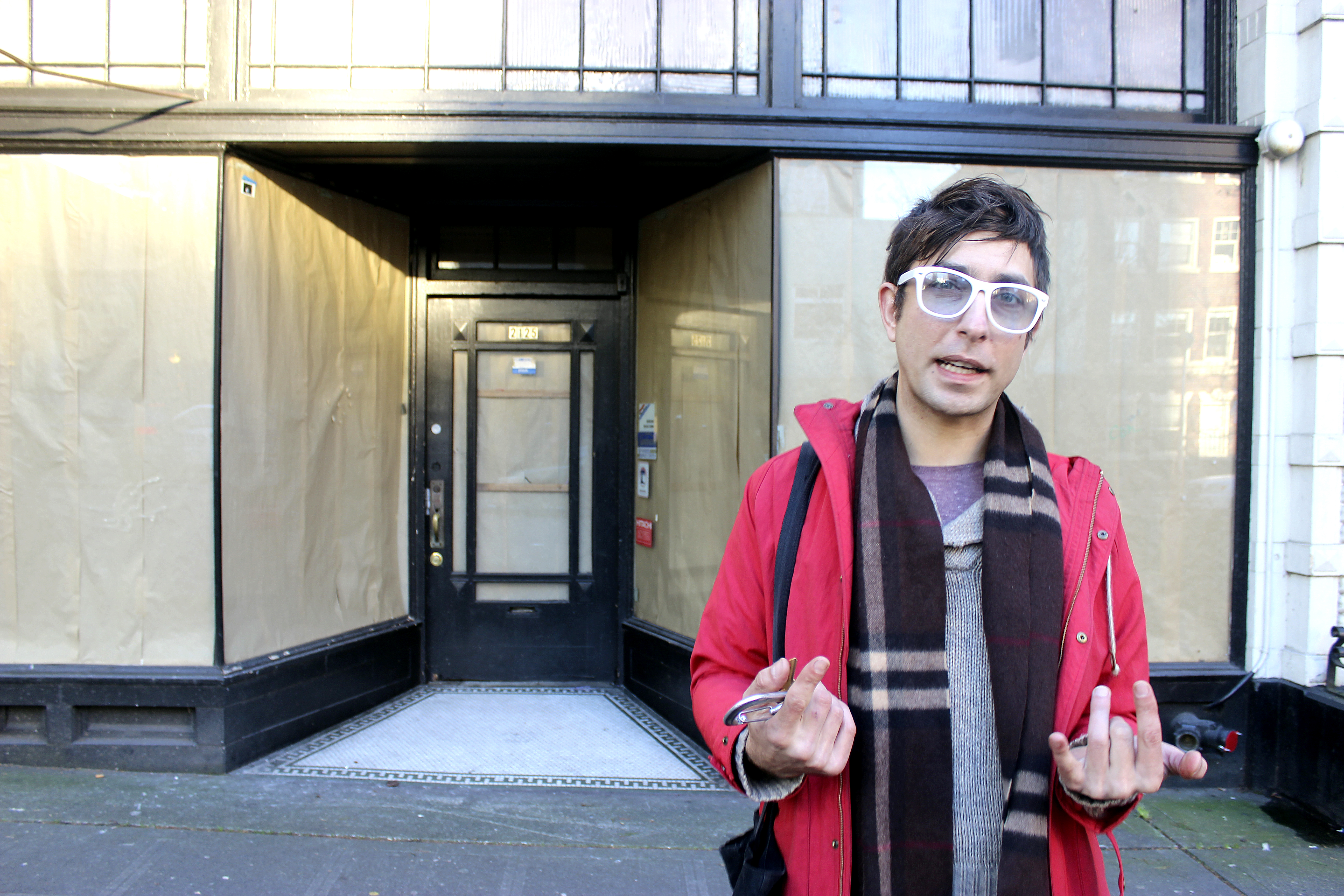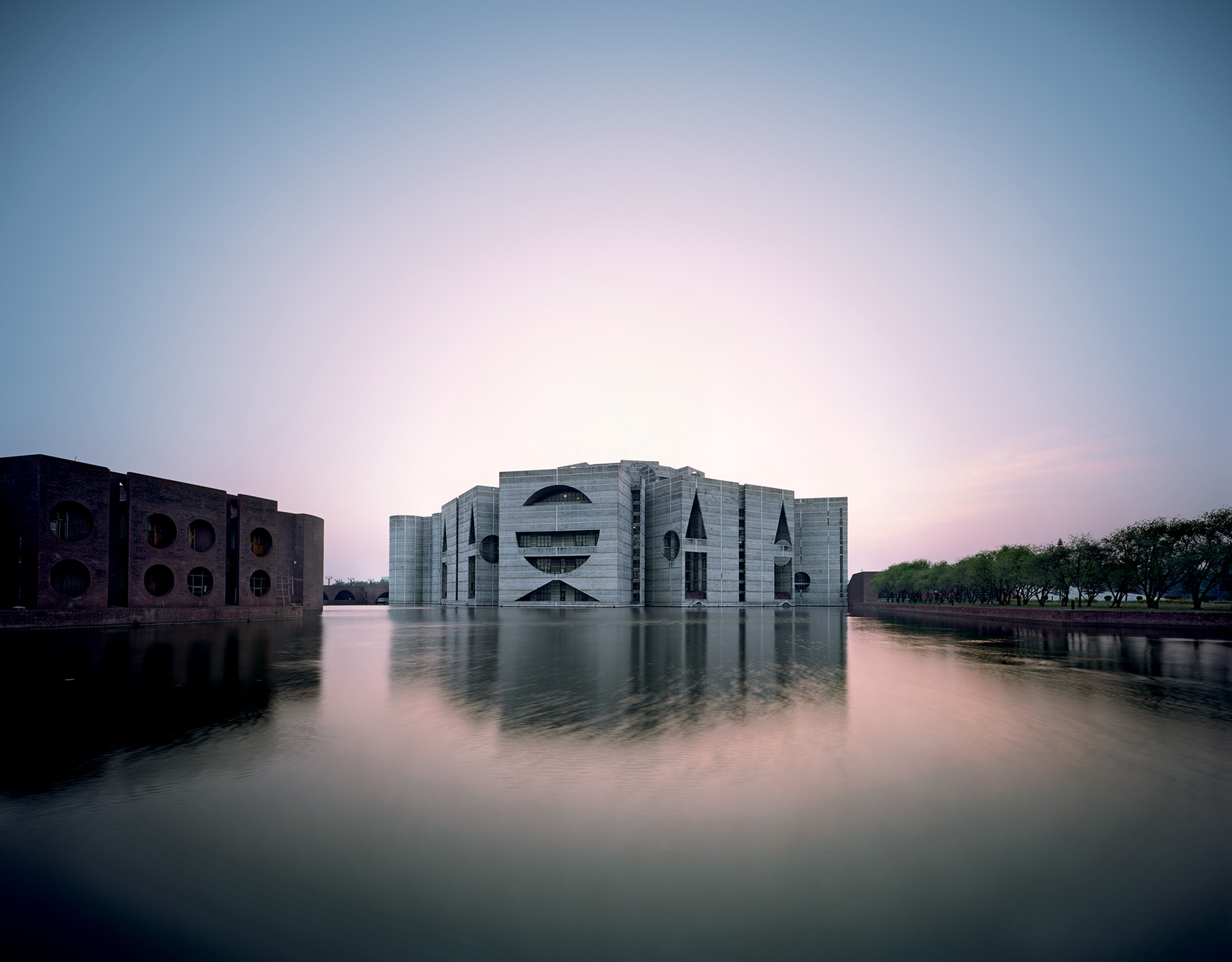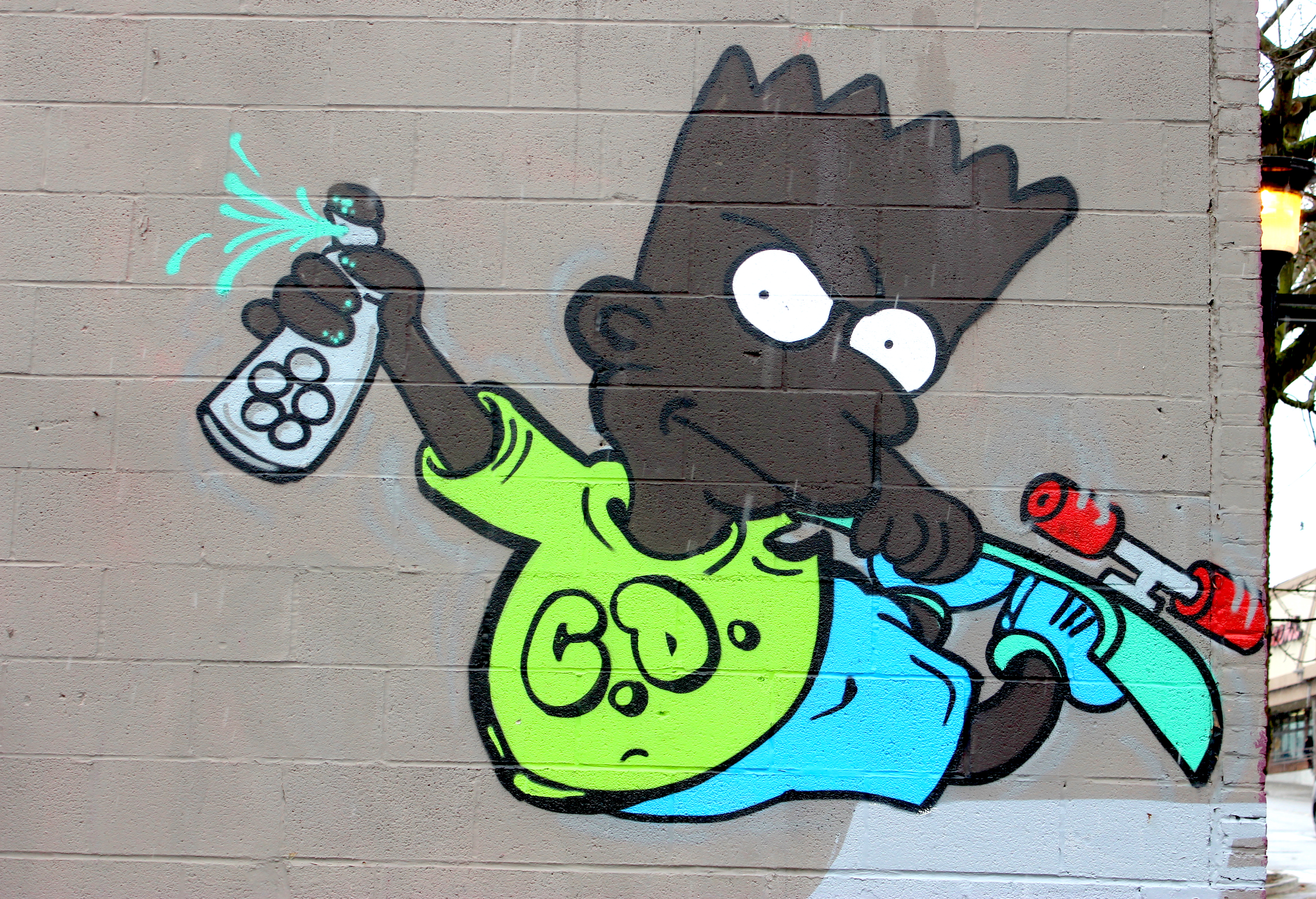Common Area Maintenance will feature some very dynamic gallery/performance space thanks to movable articulated walls.
Malaki Stahl woke up to some very bad news last Tuesday. After quietly building a case against the underground DIY performance space Stahl had spent six years running, The Josephine, the City of Seattle cracked down. At 7 a.m. they came with an order to cease all shows immediately.
Stahl was told that neighbors fresh to the Ballard venue’s block had lodged noise complaints, giving the city a reason to play its hand and apply fatal pressure to the building owner. Stahl had propped up the fringiest of Seattle’s musical warblings, hosting private parties showcasing thunderous noise bands, performance-art punks, international freak folks, and beyond—but then suddenly the welcoming mutant arms of The Josephine were severed.
“When we started The Josephine, there was no opportunity for all-ages stuff without a massive investment and the ability to take a giant loss,” Stahl tells me over the phone. “The hoops you have to jump through make it very prohibitive. The Josephine was a really positive, community-driven thing—it was a super-grassroots DIY thing, made from scratch.”
The crew of crafty humans who live in The Josephine, a space that is first and foremost a legal mixed-use live/work space for artists, aren’t being evicted. And they’re already investigating how and where they might continue the spirit of The Josephine. But it’s an uncertain journey for real estate, one many artists are embarking on in Seattle—a city that’s found itself bleeding arts space at a rate that’s turning the most optimistic of creatives into doomsaying fatalists. But despite The Josephine’s sudden demise, Stahl hasn’t thrown in the towel on Seattle.
“The DIY community here is really tight and resilient,” Stahl says. “Hopefully we won’t be missed for too long. I’ve got my ear to the rail, and I’ve heard some new DIY spaces might be opening up this spring. The scene here will compensate and heal and make a new space to continue this very important thing.”
For God’s sake, there’s so much fucking development in this town,” multidisciplinary artist Timothy Firth laments. “Look at Capitol Hill. Not to go down this tired road, but what is left on Capitol Hill!? Really! All this social change in Seattle, all these shifts just pushed me over the edge—this is a big reason I set out on this mission.”
Pushing his bold white frames up his nose, Firth reaches in his pocket for his keys and unlocks the door to a former appliance-repair shop in Belltown for which he has just signed the lease. The walls are dingy, covered in decades of scuffs and cracks. Our footsteps echo as we walk in.
“It’s just this massive, raw, wild space,” Firth says, arms outstretched, stomping his foot on the ground and sending bits of dust flying up around him. “You start thinking about, OK, performance, where’s the audience? We’re installing these articulated walls heeeeeere,” he says, running across the front of the room, gesticulating wildly. “The walls will move to accommodate flexible public gallery space.
Over the next three months, Firth and a crew of volunteers will transform this beautifully dilapidated building into a refuge for the arts community, slated to open in the spring, that he’s calling Common Area Maintenance.
Like The Josephine, Common Area Maintenance will serve as a workspace for a crew of artists during the daytime and an arts-oriented community performance and event venue at night. Unlike The Josephine, it won’t exist in a legal grey area—it will be a city-approved space (although, important to note, Common Area Maintenance’s dynamic storefront gallery space will not serve as a DIY music venue in the same sense The Josephine was).
In just a couple of weeks, Firth managed to raise more than $20,000 on an Indiegogo campaign to fund the renovations, a testament to the community’s hunger for this type of venue. A fundraiser for the space planned at another underground DIY venue last weekend held a strong, audibly excited crowd throughout the whole evening. And before Firth had even finished procuring the funding for Common Area Maintenance, simple word-of-mouth had elicited more than 65 artist queries and an onslaught of pitches for programming from curators, some of whom had already incorporated the space’s unique planned spatial divisions into their proposed shows.
“Think about all this weird emotional energy around projects like this,” Firth says, picking at a crumbling drywall crack in one of the building’s central pillars. “It’s super-scary taking risks on spaces like this, but then all of a sudden you find this huge, massive community there to support you. You worry about spaces like this failing, but then you go, ‘Of course they won’t fail. They can’t fail.’ ”
ksears@seattleweekly.com








